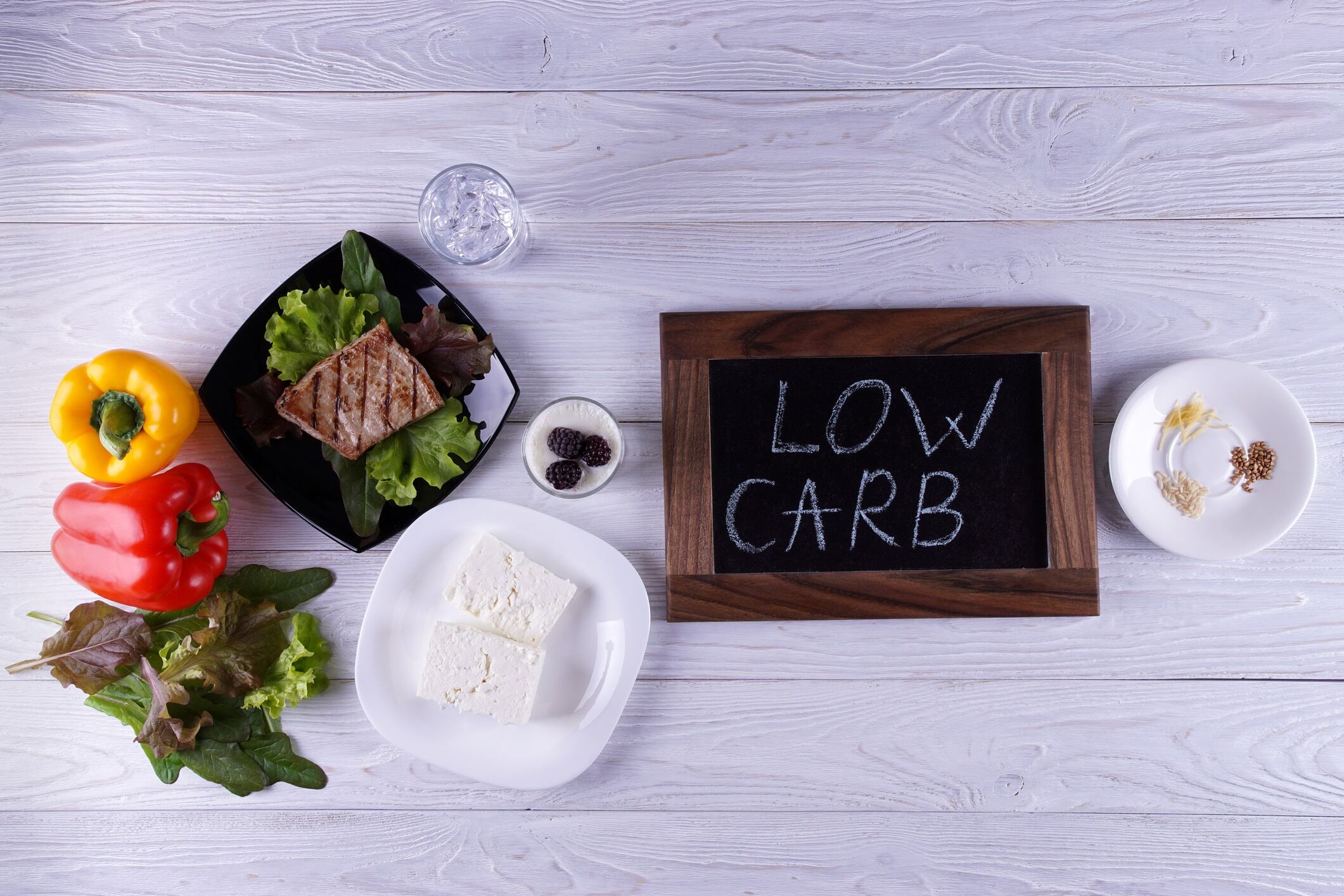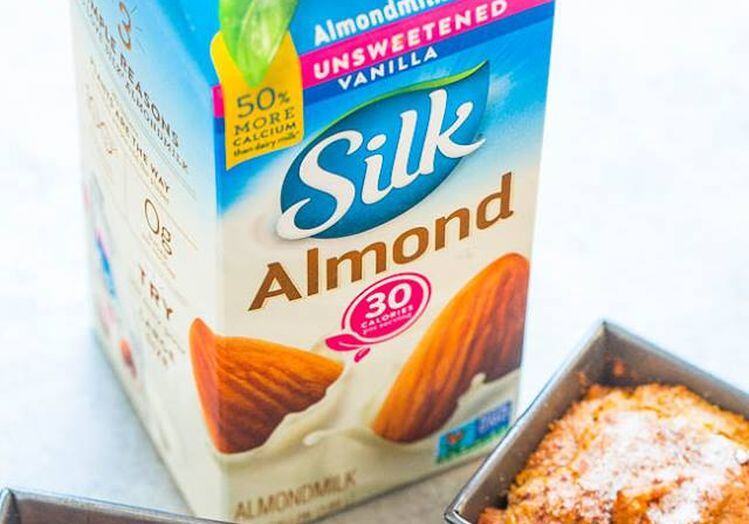“People keep asking me now that the commissioner is leaving, what is happening with the Nutrition Innovation Strategy,” said Claudine Kavanaugh, senior advisor for nutrition policy, at FDA’s Office of Food Policy and Response. She told attendees at the Grocery Manufacturers Association’s Science Forum in Washington, DC, last week, “We are going to keep moving on the innovation strategy. There are not changes.”
She explained that the incoming acting FDA Commissioner Norman Sharpless was the director for the National Cancer Institute, “which is very much a public health agency, as well. So, we are going to keep it moving forward.”
Gottlieb spearheaded the launch of the Nutrition Innovation Strategy a year ago to “take a fresh look at what can be done to reduce preventable death and disease related to poor nutrition,” according to FDA.
“He really believes if you can improve the diet and nutrition you can have a huge impact on chronic disease risk,” added Kavanaugh.
As such, she said, in just one year under Gottlieb’s guidance the Nutrition Innovation Strategy has made strides on a wide range of initiatives designed to empower consumers with the information they need to make healthier choices and to facilitate industry innovation for better-for-you foods that consumers demand.
For example, she said, during the coming year under the Nutrition Innovation Strategy the agency will push forward efforts to modernize claims, such as the term healthy, which was most recently defined in 1994 and, therefore, “really needs to be updated with the new science.”
FDA plans to published a proposed rule this year updating the term and including a potential symbol to represent it with the hope that it will be used more frequently than it is now, which is on about only 5% of products, she explained.
“FDA also is interested in exploring claims for products for food groups which Americans under consume … [such as] dairy, whole grains, fruits and vegetables,” Kavanaugh said.
Updating the standards of identity
FDA also is actively working to modernize the standards of identity for many products so that they can be formulated to be healthier and still use the term that most consumers recognize.
“FDA is really trying to take a fresh look at the existing standards of identity in light of marketing trends and the latest nutritional science,” she said. “One of the areas is cheddar cheese. If they want to reduce the sodium in cheddar cheese and add a sodium replacement, like potassium chloride, they can’t do that and still call it cheddar cheese. So, that is where the standards of identity aren’t currently keeping up with some of the innovation in the food area.”
While updating the standards is a priority, it is also a big undertaking, Kavanaugh explained. “There are about 278 standards of identity and all of these have to be changed by rulemaking, which is a very long process. So, we are exploring ways these can be done more broadly and across different standards in broad categories.”
To that end, she noted, FDA will reopen a comment period on a 2000 proposed rule modernizing the standards of identity.
But, she tempered, “We definitely have the goal to maintain the basic nature and nutritional integrity of the products. So, it is not getting rid of standards of identity. More trying to make the process a little bit more nimble so we can keep up with the innovation and technology that industry is having.”
Making the ingredient information more consumer-friendly
On a similar note, the Nutrition Innovation Strategy group is modernizing ingredient information to be more consumer-friendly, Kavanaugh said.
“One thing we are planning to do is reevaluate the ingredient information you see on the label – trying to make it more readable because sometimes it is really hard to see and also looking at how some of the ingredients are on the label” can confuse consumer, she explained.
For example, she noted when people see ascorbic acid on the label they don’t always know that it is just vitamin C and might avoid the product.
Education campaign for new the Nutrition Facts box is coming
A related project is implementing the new Nutrition Facts label, which came out in 2016 and will go into effect for big manufacturers in January 2020.
“The label hasn’t changed in over 20 years so this is an opportune time for the agency to start working on an education campaign … to raise awareness of the new Nutrition Facts label and really the priorities for this, which is calories” and serving size to address the obesity epidemic, she said.
The agency already has rolled out some new consumer education resources on its website about the new label but is waiting for a full push until there are more products on the market with the new label, she said.




